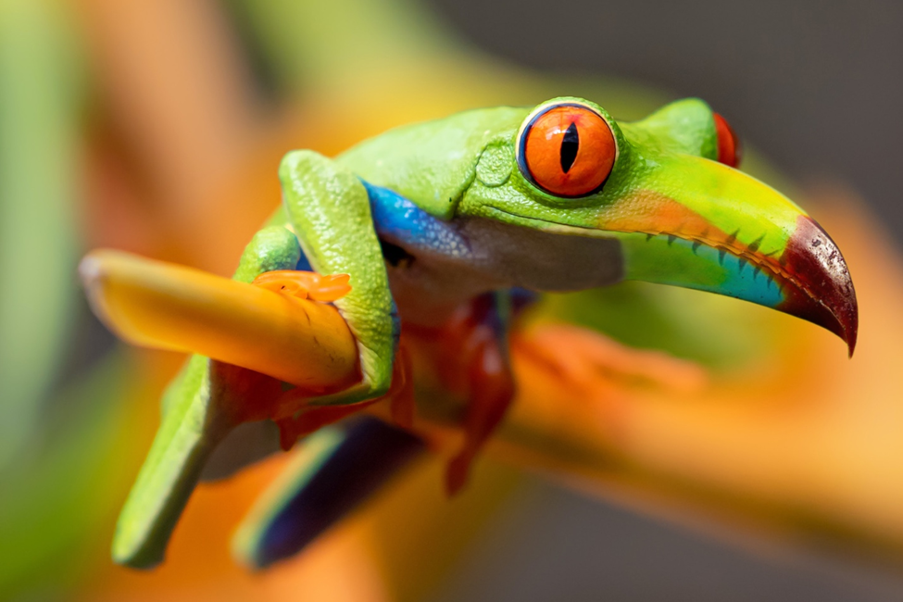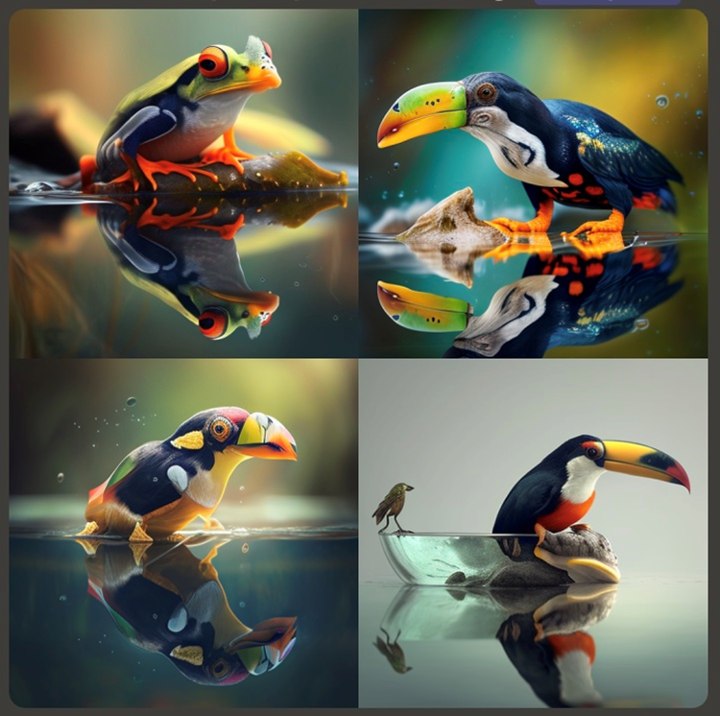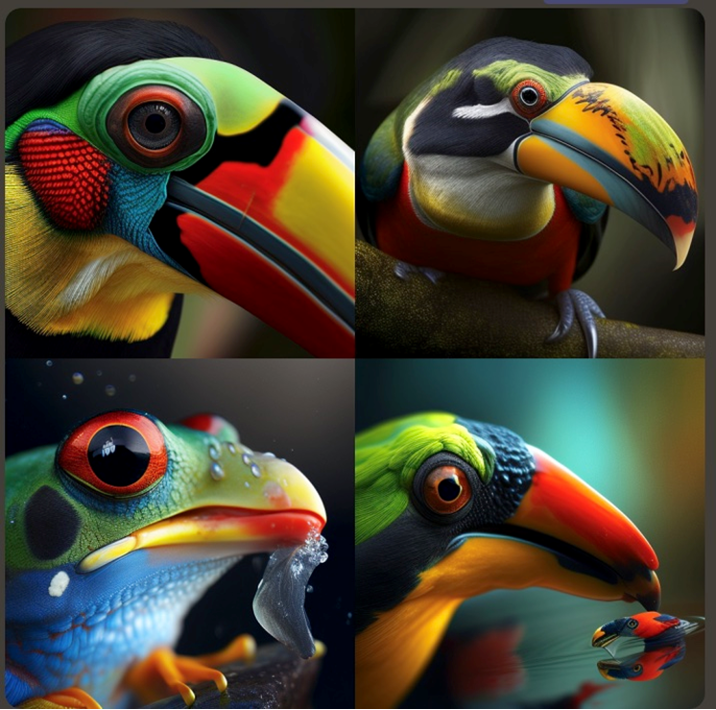Balancing the Promise and Peril of AI in Art Education
As we enter a new era of technology and creativity, artificial intelligence (AI) is poised to transform the landscape of art and design education.
AI models like OpenAI’s ChatGPT and advanced generative AI systems, such as Midjourney, Dall-e and Stable Diffusion, have raised concerns about AI’s potential to facilitate plagiarism in educational settings. But what about the impact of AI on the creative process itself? Many worry that the integration of AI in art education will diminish the role of human creativity and innovation.
To address these concerns, it is crucial to conduct Turing tests. These tests were designed by Alan Turing in 1950 to gauge the effectiveness of computer systems at mimicking intelligent human behaviour. The outcomes of these tests can help recalibrate course structures to prioritize ethical and pedagogical considerations. This means taking steps to ensure that students learn comprehensively while also accounting for the impact of AI on the creative process.
As an instructor of graphic design at Auburn University at Montgomery, I’ve been examining the potential implications of AI on art education, especially in higher education environments. To illustrate this theory, in my 2000-level course on using Photoshop for image composition, I gave my students an assignment called “New Species.” This required them to create a unique creature by combining photos of two or more animals. The goal of the assignment was to provoke a reaction, such as fear, amusement or curiosity. This would guide their choice of animals and set the tone for their creation.
Inspired by Professor Christian Jarvis‘s achievement in implementing ChatGPT to generate MBA exam questions at the Wharton School, I decided to conduct a Turing test using an image created by one of my students as a benchmark. The below image was created by Kimberly Goff while taking the Digital Foundations course and was used as a reference for my Turing test.

Student artwork by Kimberly Goff while taking a digital foundations course
To compare, I used Midjourney, an AI that generates imagery, to replicate a student’s response to the design prompt. After creating several prompts, I observed the results generated by the AI:

Prompt 1: Toucan bird superimposed on a frog.

Prompt 2: Toucan beak superimposed on a frog.
Looking at the AI-produced images, it’s clear that they have a high level of polish, balance and visual appeal. However, Midjourney could not recreate my student’s assignment to my satisfaction, although it did come close in the last prompt. This finding highlights the potential for future generations of AI to close the gap in generative art, which could have significant implications for both education and the creative industry.
As instructors and students, we need to be aware of the growing capabilities of AI in design and art education, as it represents a transformative shift in how we approach creative problem-solving. All things considered, the rising influence of AI on design and art education should serve as a cautionary tale for the future of creativity. While AI hasn’t surpassed human creativity yet, its rapid progress raises important concerns for art and design education.
The emergence of AI as a tool for plagiarism prompted me to conduct this Turing Test experiment, which revealed the need for educators to examine the issue and adjust their lesson plans accordingly.
As AI continues to evolve, it is essential for educational institutions to remain mindful of the ethical boundaries and responsibilities that come with this technology. A comprehensive arts education policy should address the potential impact of AI on the field of design and art education, including the risks and benefits it may bring. While further exploration of AI’s role in design and art education can offer exciting new possibilities for exploration, collaboration and innovation, it’s crucial for students and instructors to remain mindful of the ethical boundaries and responsibilities that come with this powerful technology.



